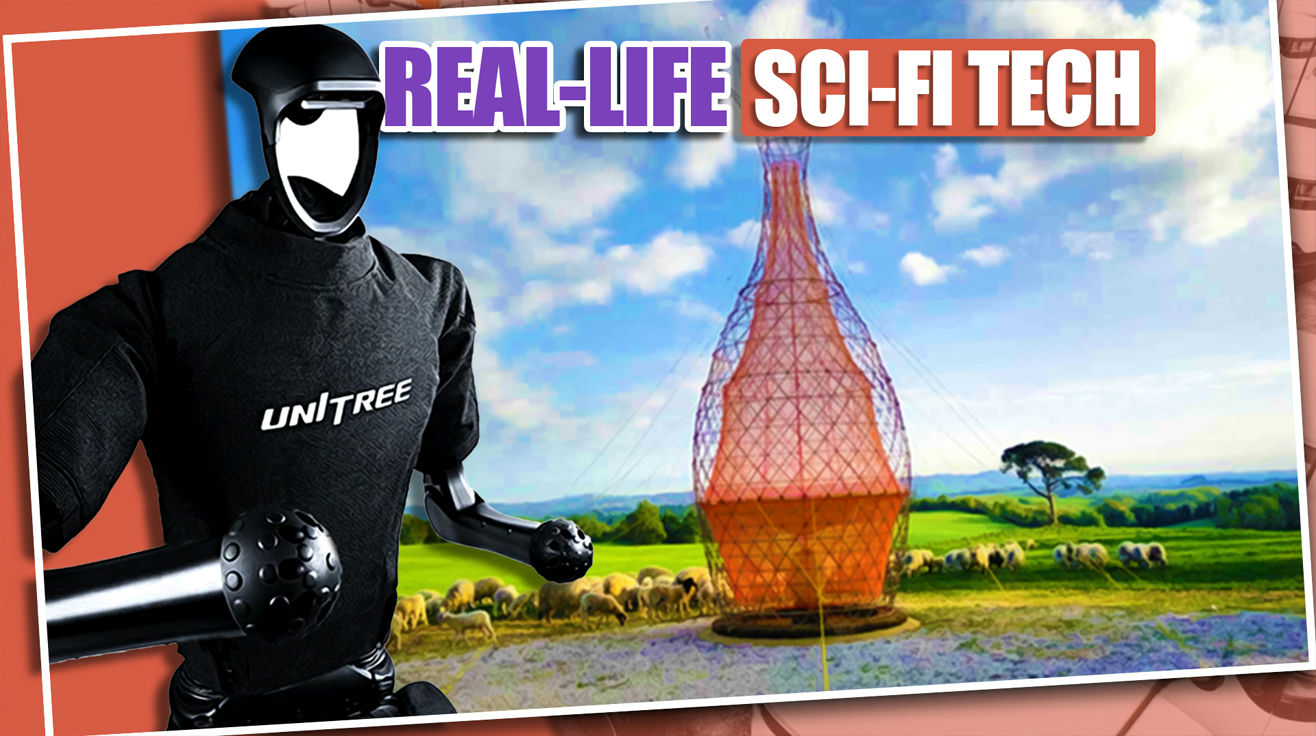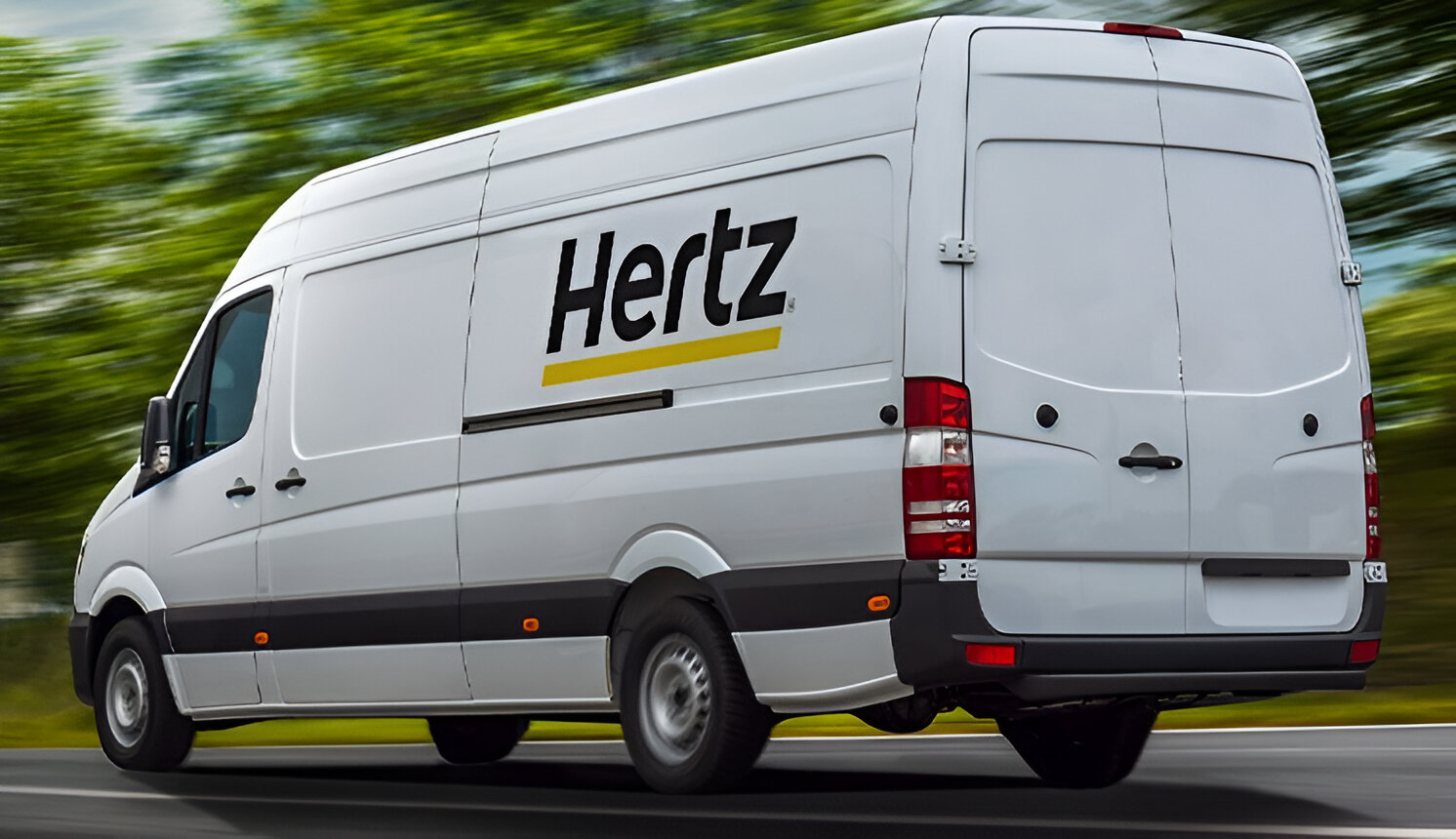The most valuable technologies won’t make headlines this year. Instead, they’ll quietly solve specific problems that plagued us for generations. Autonomous delivery robots already navigate college campuses bringing food to students. Specialized chairs reduce stress levels through personalized massage techniques.
These practical innovations matter more than flashy concepts that never arrive.
14. Warka Water Towers: Harvesting Water from Thin Air
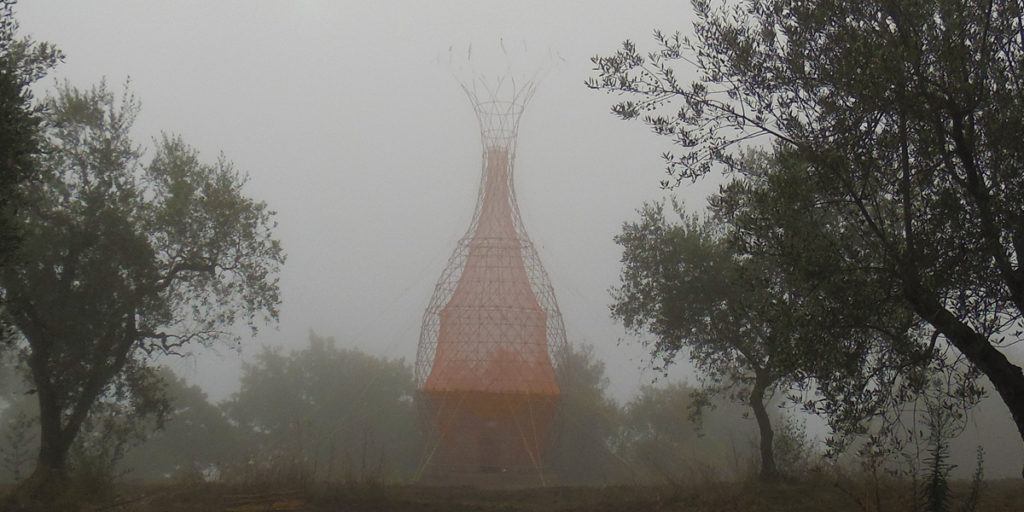
Traditional water collection methods typically require rainfall or groundwater access, yet Warka Water Towers offer an ingenious alternative by harvesting moisture directly from the air. Inspired by the resilient Warka tree native to Ethiopia, these towers use a specialized mesh to capture atmospheric moisture, converting dew and rain into potable resources. Each structure can collect up to 100 liters of water daily, significantly alleviating water scarcity in vulnerable communities.
Constructed from locally available materials using simple techniques, Warka Water Towers empower communities through sustainable, low-maintenance solutions. Their implementation has demonstrably improved health outcomes while reducing the time burden of water collection. Families with access to Warka Water gain approximately 60% more time for productive activities like education, income generation, and community engagement.
Nevertheless, these systems face limitations—their efficiency depends heavily on atmospheric humidity levels, they require regular maintenance for water quality, and they have limited scalability for large populations. Despite these challenges, the technology has been successfully implemented in countries including Ethiopia and Haiti, earning recognition through multiple design awards.
13. ULA Vulcan Rocket: A New Era in Space Flight
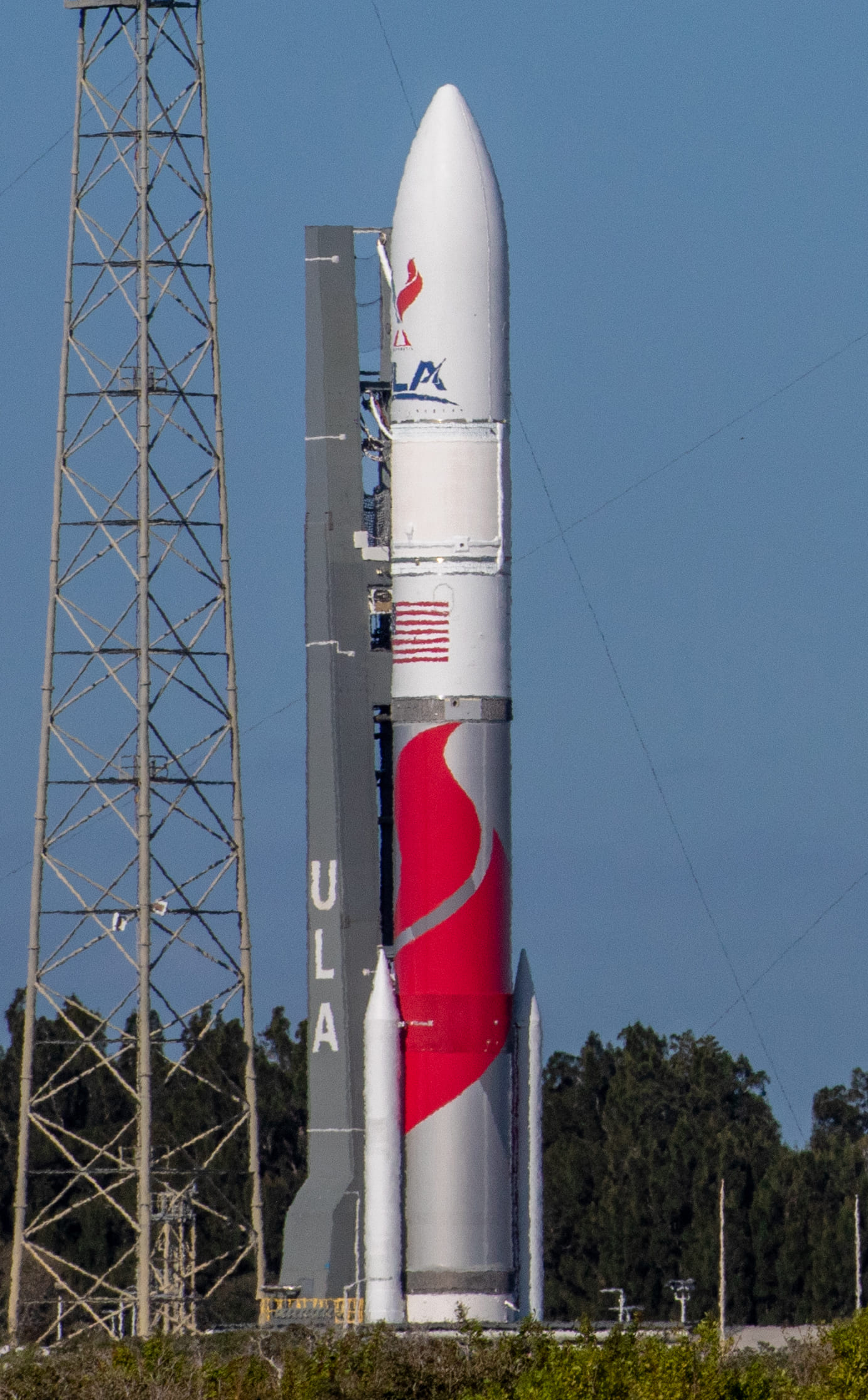
Recently completing its successful maiden launch, the ULA Vulcan rocket marks a significant advancement in space technology. Designed as a next-generation replacement for the Atlas 5 and Delta 4 rockets, the Vulcan represents a more sustainable approach to space access through partially reusable components and optimized fuel efficiency.
The advanced engine configuration delivers exceptional thrust-to-weight ratios, enabling diverse mission profiles for both commercial and government payloads. The Vulcan can transport up to 27,200 kg to low Earth orbit—approximately 35% more capacity than previous-generation vehicles.
This increased capability comes with reduced environmental impact and lower operational costs, making space more accessible for scientific research, telecommunications, and exploration missions.
12. Unitree H1: The Agile Humanoid Robot
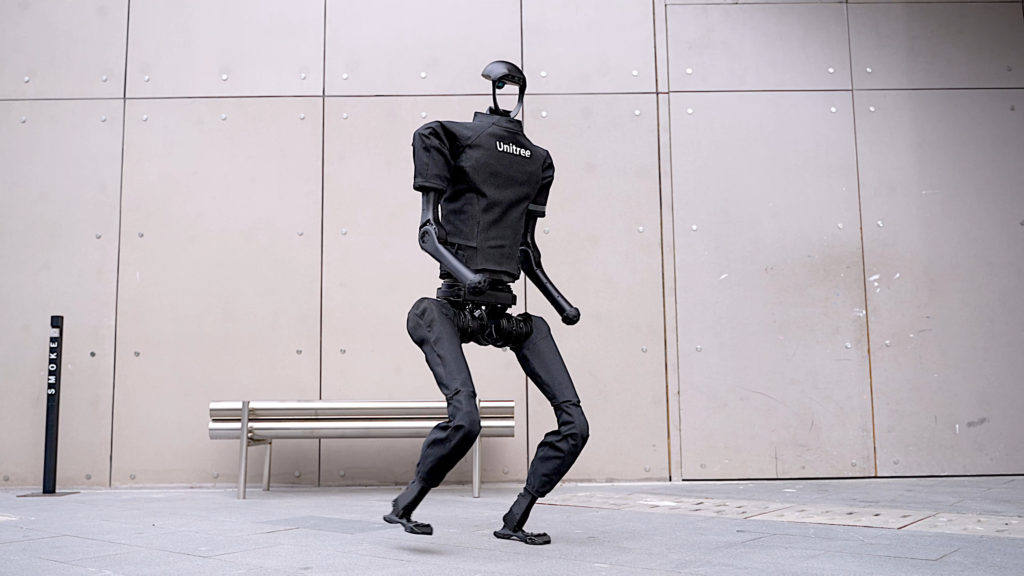
Representing a remarkable breakthrough in bipedal robotics, the Unitree H1 features balance control systems that enable extraordinarily natural locomotion patterns. Standing 5 feet 11 inches (180 cm) tall and weighing 104 pounds (47 kg), this humanoid robot incorporates over 40 degrees of freedom that allow human-like movements with remarkable precision.
High-torque motors power its fluid motion, enabling the H1 to walk, run, jump, and climb with impressive stability. Sophisticated sensor arrays—including depth cameras, IMUs, and pressure sensors—allow autonomous navigation through complex environments.
Though high cost currently limits widespread adoption and battery constraints challenge extended operation, this technology shows significant potential for future applications in healthcare, disaster response, and industrial settings where human-like dexterity proves essential.
Currently utilized primarily in research and development environments, the H1 continues to attract substantial interest from robotics communities and researchers exploring the future of humanoid assistance.
11. Unitree Go2: The Affordable Quadruped Robot
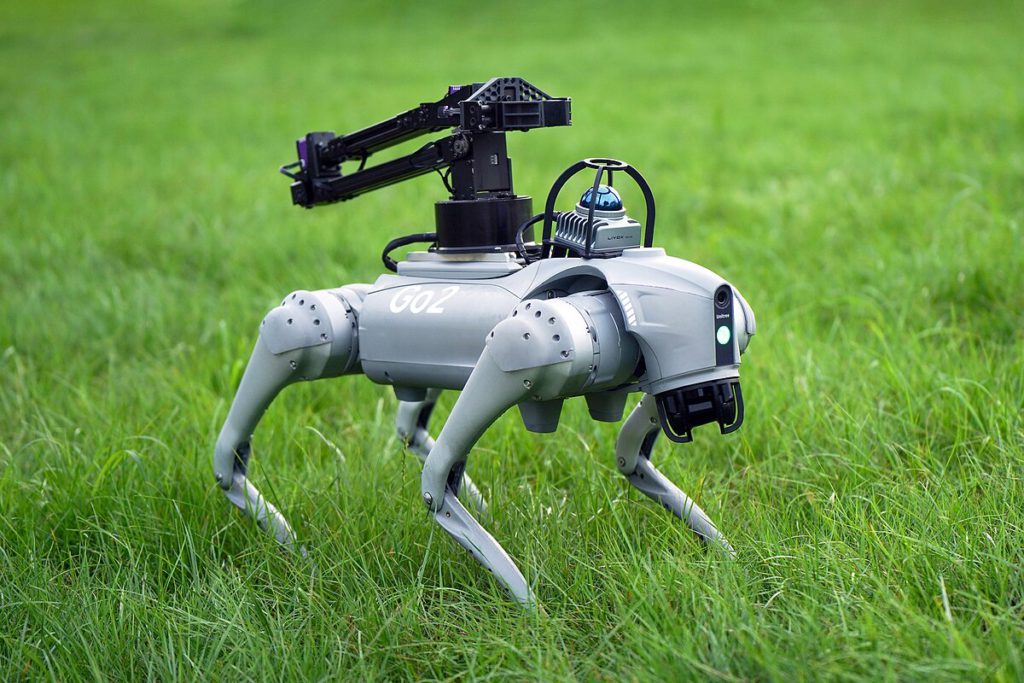
Democratizing advanced robotics technology stands as the primary goal of the Unitree Go2. This compact quadruped combines sophisticated sensing capabilities with an accessible price point, bringing cutting-edge technology to educational institutions, research facilities, and enthusiasts alike.
LiDAR sensors and cameras enable the Go2 to perceive and navigate environments with minimal human guidance. Programmability allows customization across diverse applications, from educational projects to automated inspection tasks.
Weighing under 35 pounds (15.9 kg) and capable of executing over 2,000 different movement combinations, this versatile platform brings advanced capabilities to previously underserved markets.
Despite certain limitations—restricted payload capacity, battery constraints, and technical knowledge requirements—the Go2 has gained popularity among researchers and hobbyists, particularly in educational settings where it serves as an ideal platform for robotics learning and experimentation.
10. EST Tetro: The Shape-Shifting Stair-Cleaning Robot
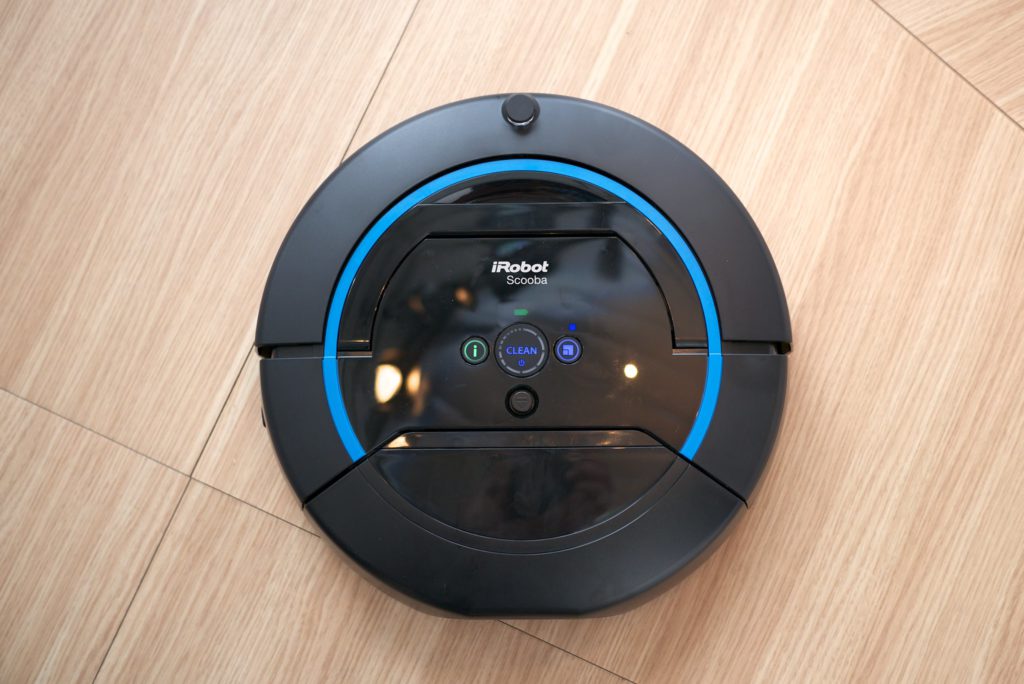
Cleaning stairs has long been a persistent blind spot in home automation—until the EST Tetro arrived with its innovative shape-shifting capabilities. This groundbreaking robot adapts to various stair configurations through a modular design that dynamically reconfigures to navigate steps between 30 and 48 inches (76-122 cm) wide, maintaining effective cleaning across different architectural styles.
A sophisticated sensor array enables autonomous navigation and obstacle avoidance, eliminating the need for human supervision during operation. Capable of climbing stairs with inclines up to 45 degrees, the Tetro represents a significant advancement in household robotics that reduces the physical labor associated with one of the most challenging cleaning tasks.
While its complex mechanics may lead to higher maintenance needs and its specialized function limits overall utility, the robot has generated considerable interest in home automation sectors for its potential to improve accessibility for those with mobility issues.
9. Starship Technologies Autonomous Delivery Robots: Revolutionizing Urban Logistics
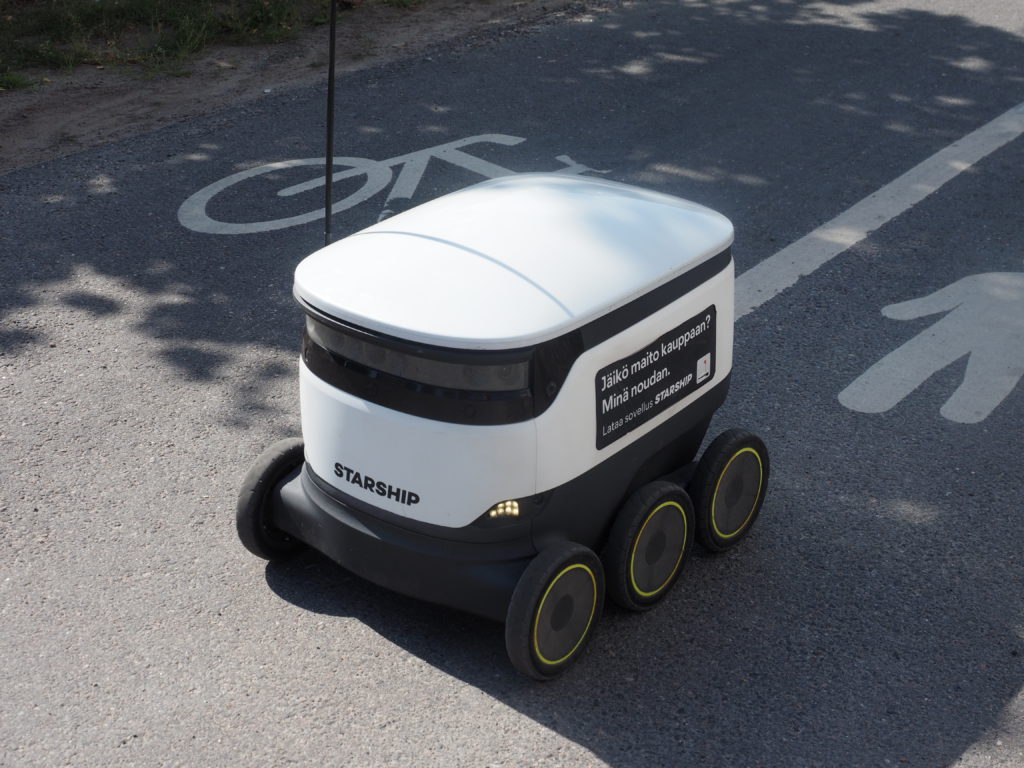
Leading the rapidly evolving field of autonomous delivery, Starship Technologies has deployed compact, six-wheeled robots that are actively transforming urban logistics. These autonomous vehicles navigate sidewalks to deliver packages, groceries, and prepared meals directly to consumers with minimal human oversight.
What sets these robots apart from conceptual designs is their active deployment across numerous cities and university campuses throughout the United States and Europe. Advanced AI, computer vision, and sensor fusion technology allow them to navigate complex urban environments while maintaining pedestrian-friendly speeds and rigorous safety protocols.
Recently securing $90 million in Series B funding, the company is rapidly expanding its fleet and service areas, demonstrating market confidence in this technology as the future of small package delivery.
As a functioning solution rather than a mere concept, these robots deliver measurable benefits in reducing traffic congestion, lowering delivery costs, and minimizing carbon emissions in densely populated urban centers.
8. Skwheel L1: Electric Skis for Urban Adventures
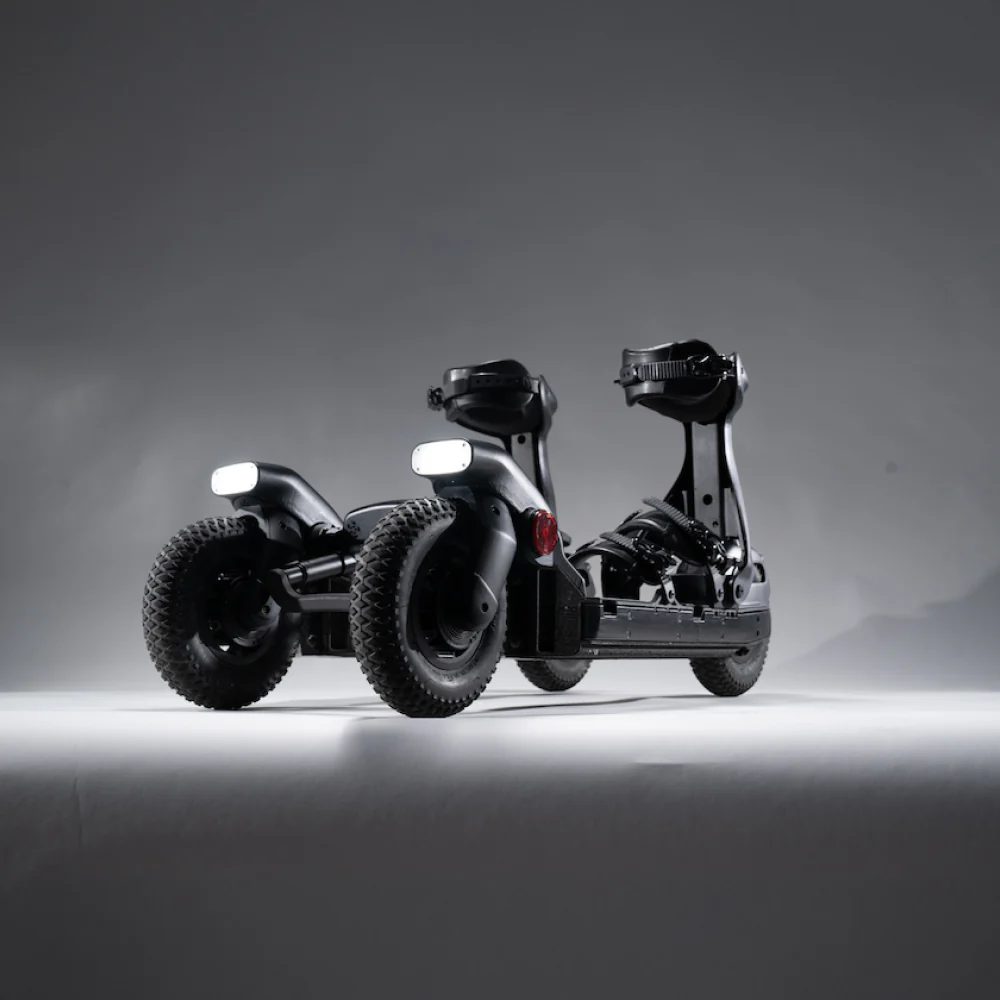
Urban commuters seeking innovative transportation alternatives might find their solution in the Skwheel L1 electric skis. These motorized devices address the last-mile challenge faced daily in congested metropolitan areas through creative reimagining of personal mobility.
Precision-controlled electric motors deliver smooth, quiet movement at speeds up to 15 mph (24 km/h)—perfectly aligned with urban safety regulations while providing practical commuting efficiency. Users appreciate the intuitive handlebar controls that ensure responsive steering and braking, making the system approachable even for beginners.
Offering a range of approximately 10 miles (16 km) per charge while weighing less than 10 pounds (4.5 kg), these electric skis provide a compelling option for multimodal commuters who value flexibility and portability.
Though they present certain challenges—shorter range than larger electric vehicles, learning curve for new users, and safety considerations in mixed traffic—the L1 has garnered attention for its potential to diversify last-mile transportation options and reduce car dependency for brief urban journeys.
7. SP80: Challenging Sailing Speed Records
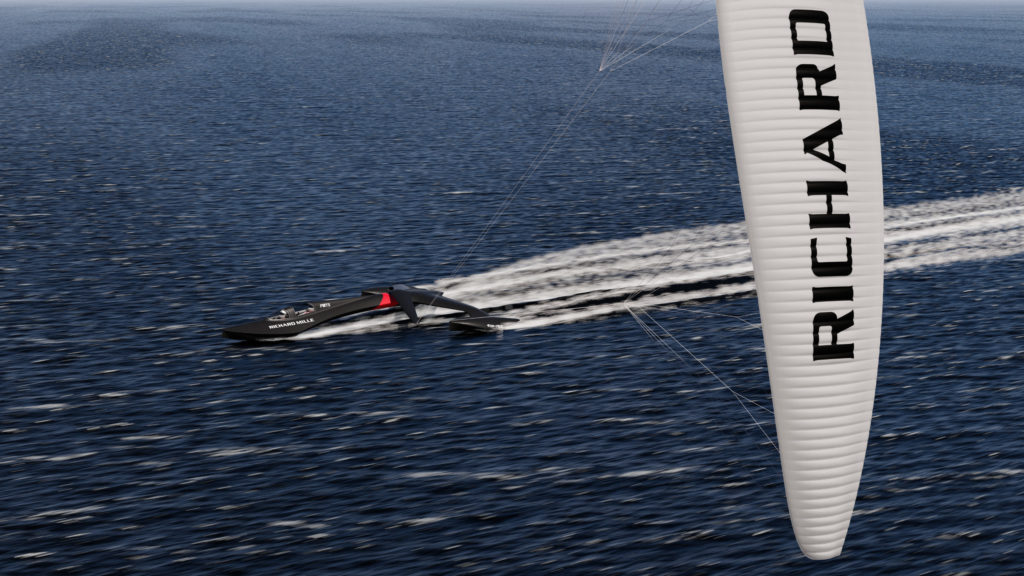
How can established sailing technologies be reimagined to achieve extraordinary performance? The SP80 sailing craft answers this question by fundamentally rethinking marine propulsion. Unlike conventional sailboats limited by water resistance, this vessel employs hydrofoil technology that elevates the hull above the water’s surface, dramatically reducing drag forces.
At its core, a unique kite propulsion system captures wind energy more efficiently than traditional sails, generating exceptional acceleration. Aiming to achieve speeds up to 50 knots (92.6 km/h), the SP80 team envisions establishing an entirely new paradigm for sailing performance.
Carbon fiber composite construction provides the optimal strength-to-weight ratio essential for high-speed stability. Though its experimental design requires specific conditions for optimal performance and limits immediate practical applications, the SP80 has captivated sailing and engineering communities with its radical approach.
Representing over 100,000 engineering hours of development, this vessel demonstrates how reapplied physics principles can shatter performance barriers in long-established fields.
6. Forward CarePod: AI-Powered Health Kiosk
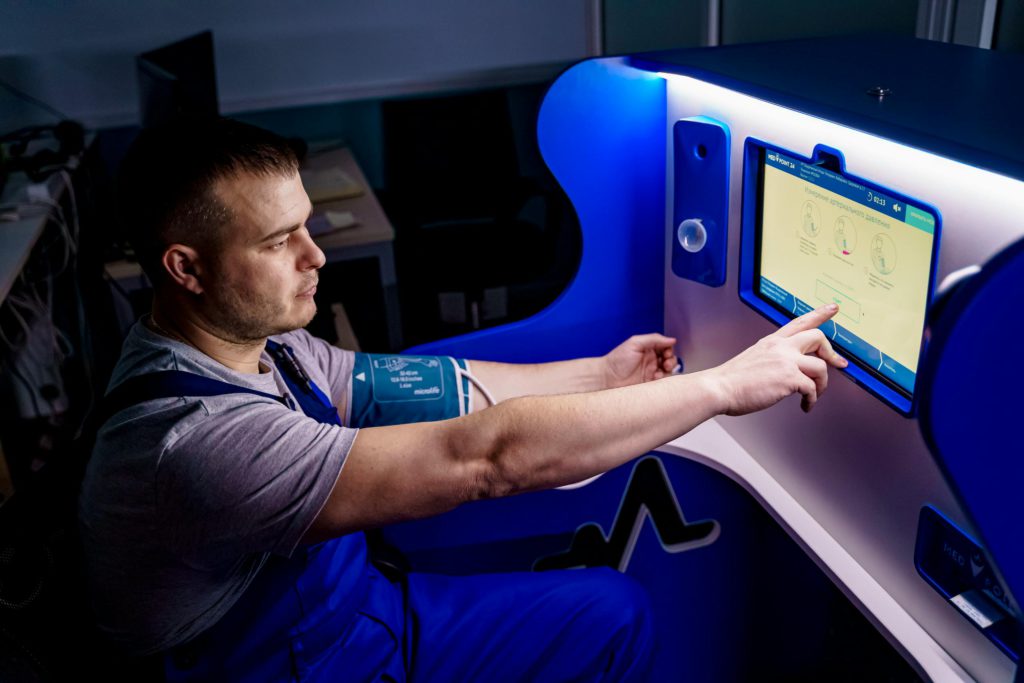
Healthcare accessibility gaps continue to challenge many communities, yet the Forward CarePod offers an innovative solution through automated diagnostic technology. These self-service health kiosks provide preventive and primary care services in locations where traditional medical facilities prove impractical or unavailable.
Currently deploying in underserved rural areas where residents previously traveled significant distances for medical care, CarePods perform comprehensive health assessments through vital sign monitoring, blood testing, and 3D body scanning. Artificial intelligence integration can detect potential health concerns with over 95% accuracy.
Most visits require less than 15 minutes, delivering immediate results and personalized health recommendations. Early implementation data reveals a 35% increase in preventative care participation among communities with CarePod access, demonstrating the technology’s potential to transform healthcare delivery for underserved populations.
5. Airpod Smart Napping Pod: Your Private Oasis
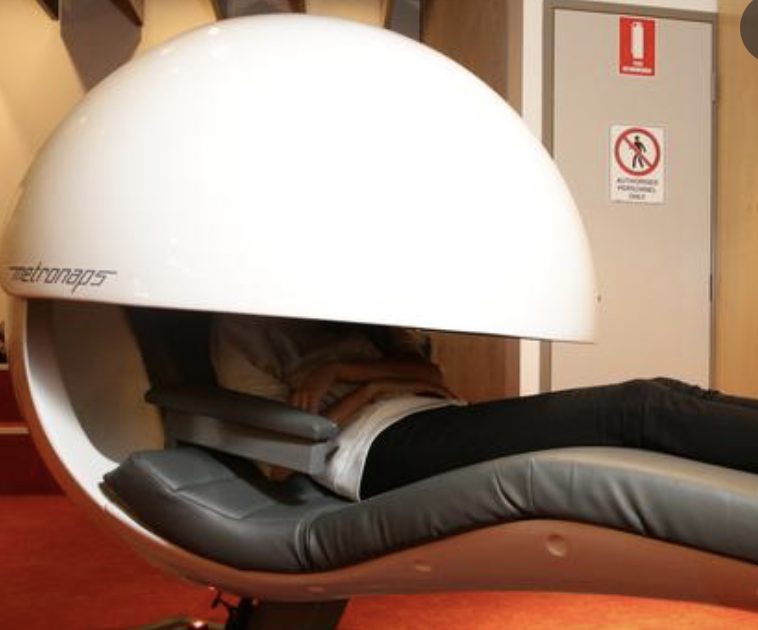
Growing recognition of rest as an essential productivity component has spurred the development of solutions like the Airpod smart napping pod. Far from makeshift quiet corners, these purpose-engineered relaxation units utilize sophisticated acoustic engineering to create genuinely restful environments within busy settings.
Superior soundproofing minimizes external noise interference, while the interior features ergonomically adjustable seating that optimizes support during short rest periods. Climate control maintains consistent comfort regardless of surrounding conditions.
Consuming only 40 watts of power—equivalent to a standard laptop—these units provide energy-efficient rest solutions for airports, corporate offices, and similar high-traffic environments. Several major international airports and forward-thinking corporations have installed these pods, garnering positive feedback from users seeking quick rejuvenation.
Challenges remain, however, including limited availability in most public spaces, hygiene considerations with shared use, and perception as luxury amenities rather than essential infrastructure.
4. LG Healing Me Massage Chair: Relaxation and Stress Relief
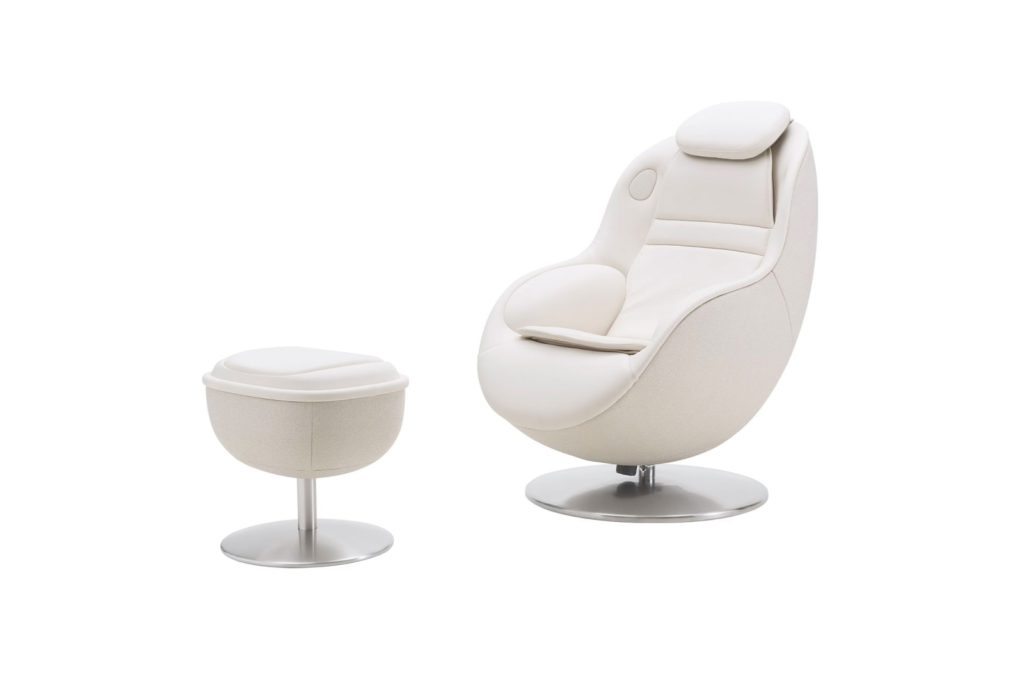
Significant advancements in wellness technology have yielded innovations like the LG Healing Me massage chair. Unlike conventional recliners, this sophisticated system incorporates body-scanning technology that maps individual physiology to create truly personalized therapeutic experiences.
Featuring over 100 distinct massage techniques through air compression and targeted heat therapy, the chair adapts to specific tension patterns and physical structures. Personalized approaches can reduce perceived stress levels during standard 20-minute sessions.
As organizations increasingly recognize employee wellness as a productivity factor, these technologies are finding applications beyond residential settings in professional environments focused on staff well-being and stress management.
The growing global massage chair market reflects broader trends toward accessible home wellness solutions, though high acquisition costs remain a barrier to widespread adoption.
3. Skyted Silent Mask: Confidential Phone Calls in Public
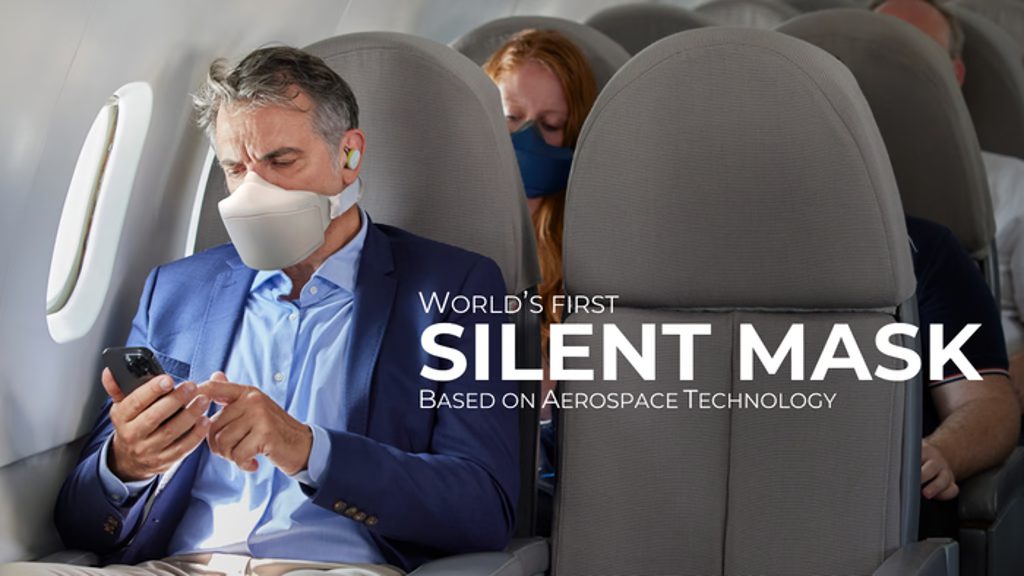
Privacy concerns in increasingly dense urban environments have prompted innovative solutions such as the Skyted Silent Mask. This wearable device employs specialized acoustic engineering that captures approximately 90% of the wearer’s voice vibrations before they propagate into surrounding space.
Integrated microphone systems ensure clear transmission to listeners while preventing eavesdropping from nearby individuals. Weighing less than 0.5 pounds and utilizing standard Bluetooth connectivity, the mask provides a practical solution for professionals who regularly discuss sensitive information in public settings.
Final testing phases are currently underway, with consumer availability expected by Q3 2025. Early prototypes demonstrate the potential to transform how confidential conversations occur in shared spaces, though adoption may face social hurdles due to the mask’s distinctive appearance.
2. Box LED: Mobile Digital Advertising Van

The evolution of out-of-home marketing continues with innovations like the Box LED advertising vehicle. This mobile platform showcases dynamic content across urban landscapes through three-sided high-definition LED displays, effectively reaching audiences that traditional fixed billboards cannot access.
Capable of displaying up to 100 different advertisements hourly with visibility exceeding 500 feet in various lighting conditions, these systems offer flexibility for hyper-targeted campaigns based on neighborhood demographics, time of day, or proximity to specific events.
Beyond commercial applications, these mobile platforms serve important functions in public service announcements, emergency communications, and community engagement initiatives. Questions about digital distraction in urban environments remain valid concerns as these vehicles become more prevalent in cityscapes.
1. Wearable CNC Machine: Precision Crafting on the Go
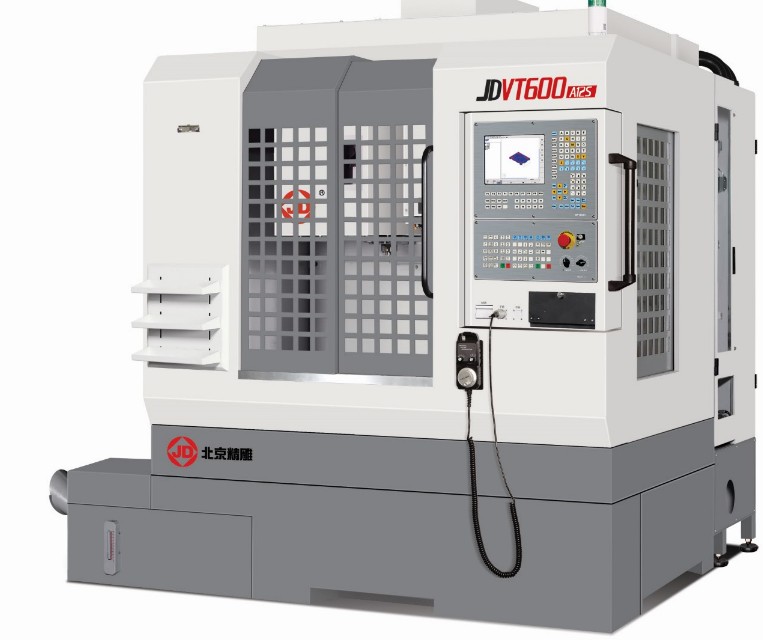
Traditional fabrication technology undergoes a fascinating reimagination with the wearable CNC machine concept. By merging computer numerical control precision with human dexterity and spatial intuition, this arm-mounted device enables creators to manipulate materials with unprecedented freedom while maintaining machine-level accuracy.
Achieving 0.01mm cutting precision while consuming less than 400 watts of power, the system delivers remarkable efficiency relative to its capabilities. Its potential applications span diverse fields—from healthcare (custom prosthetics) to archaeology (artifact restoration) to architectural renovation projects where transporting materials to traditional workshops proves impractical.
Currently in the prototype phase, this innovation suggests a future direction where high-precision fabrication becomes increasingly mobile and adaptable to on-site requirements.

